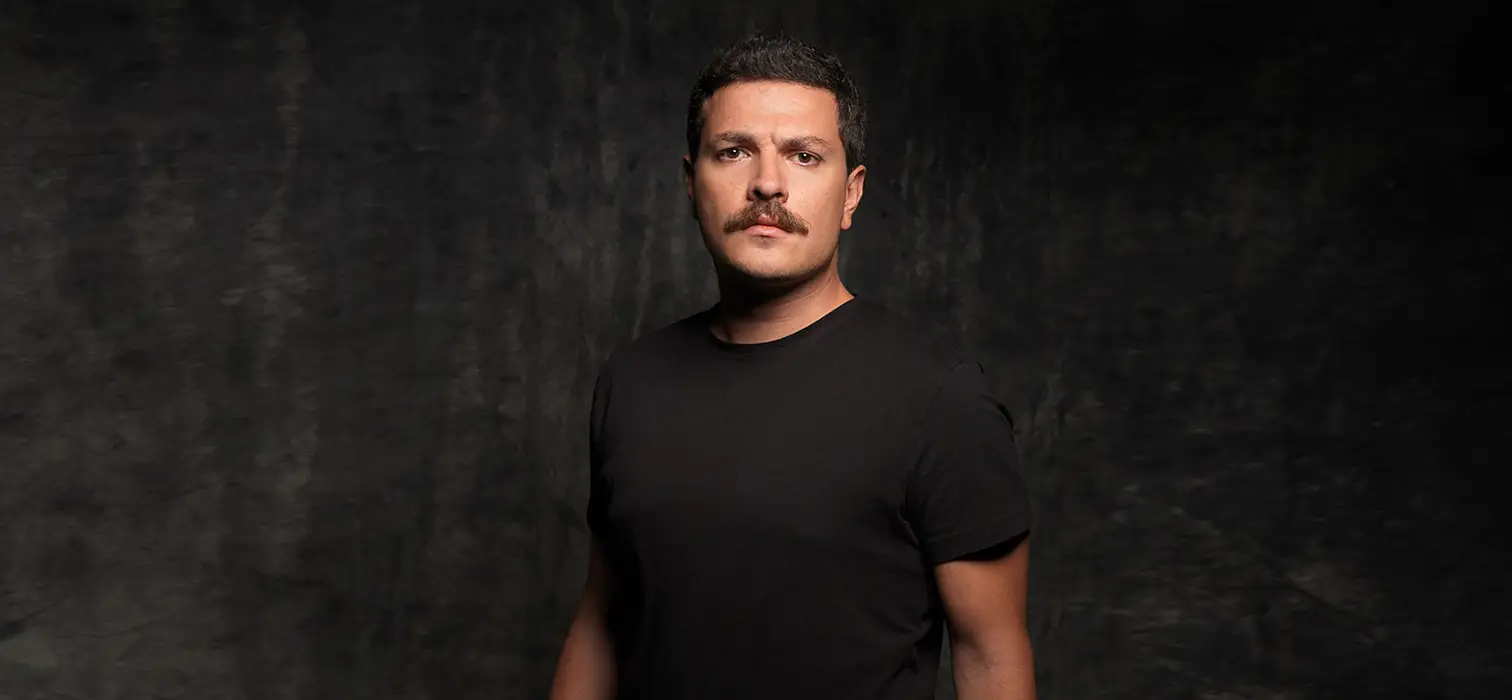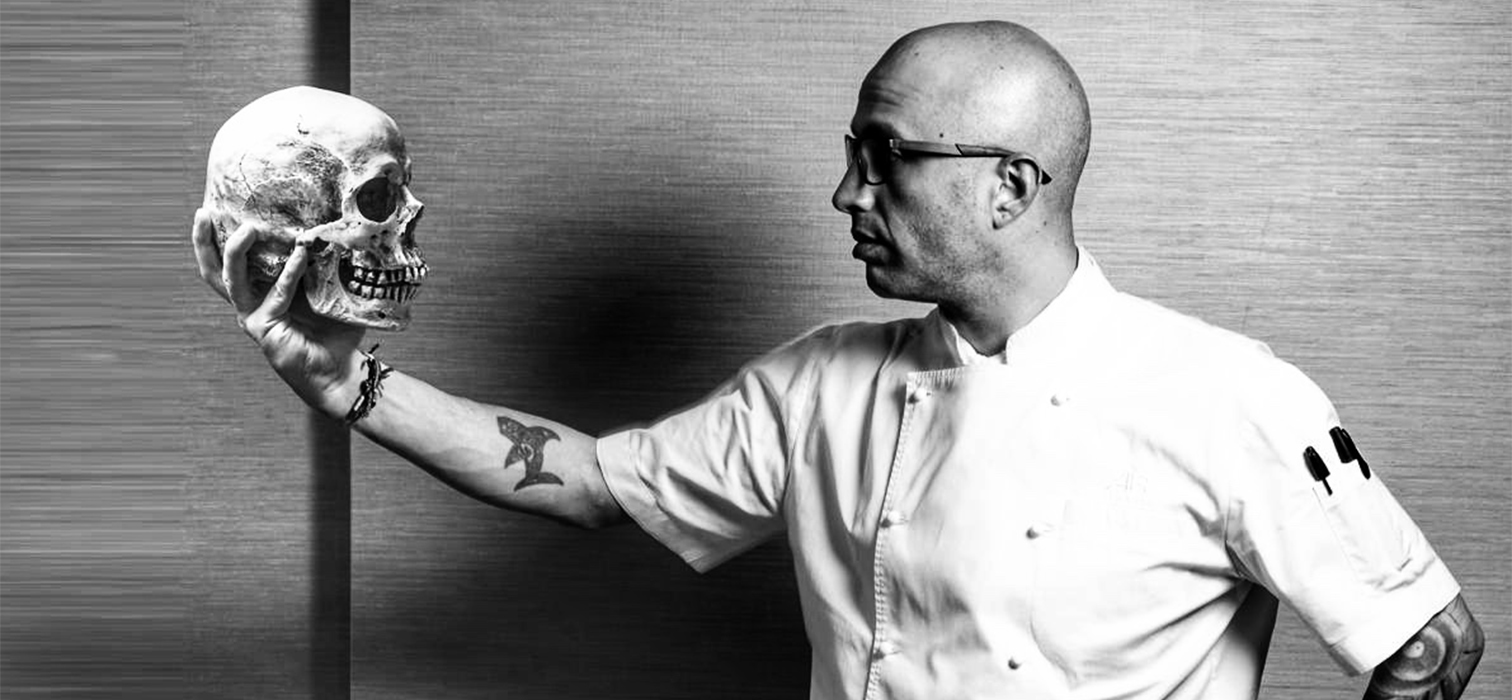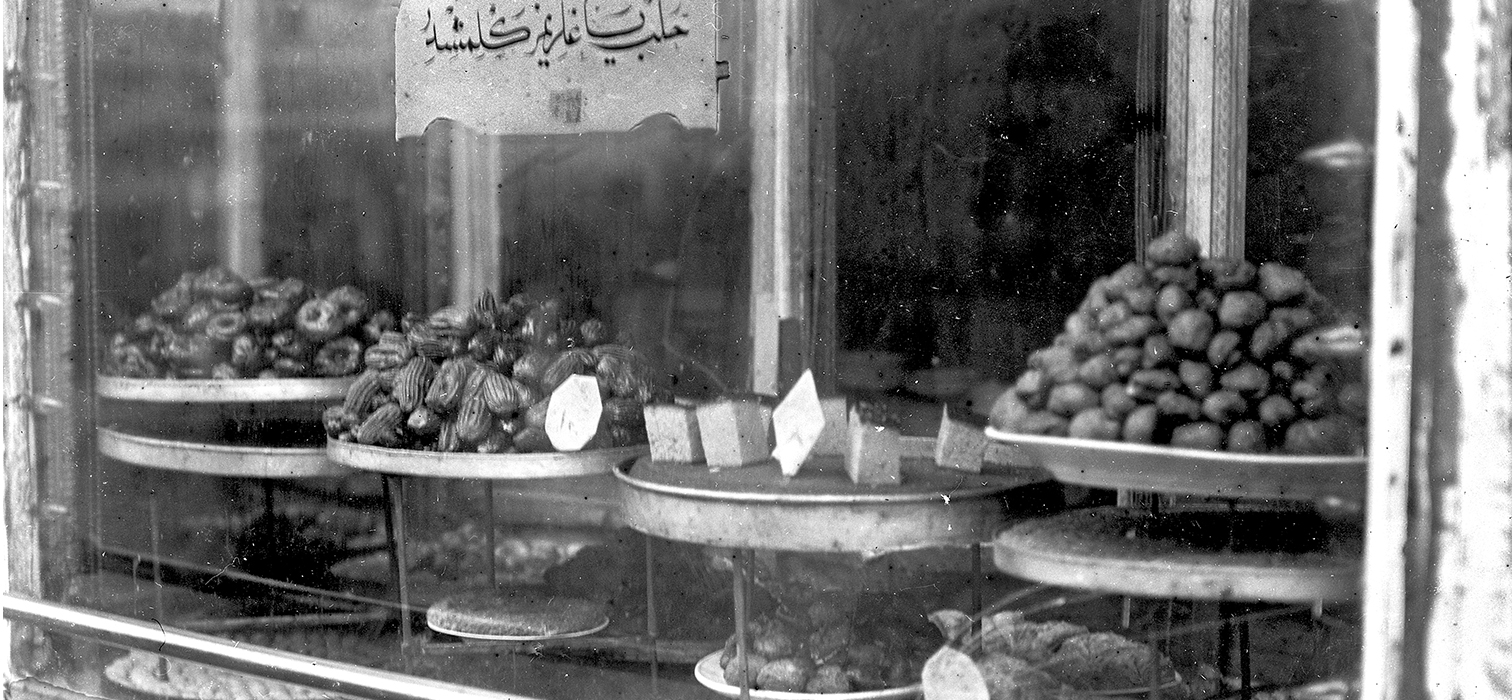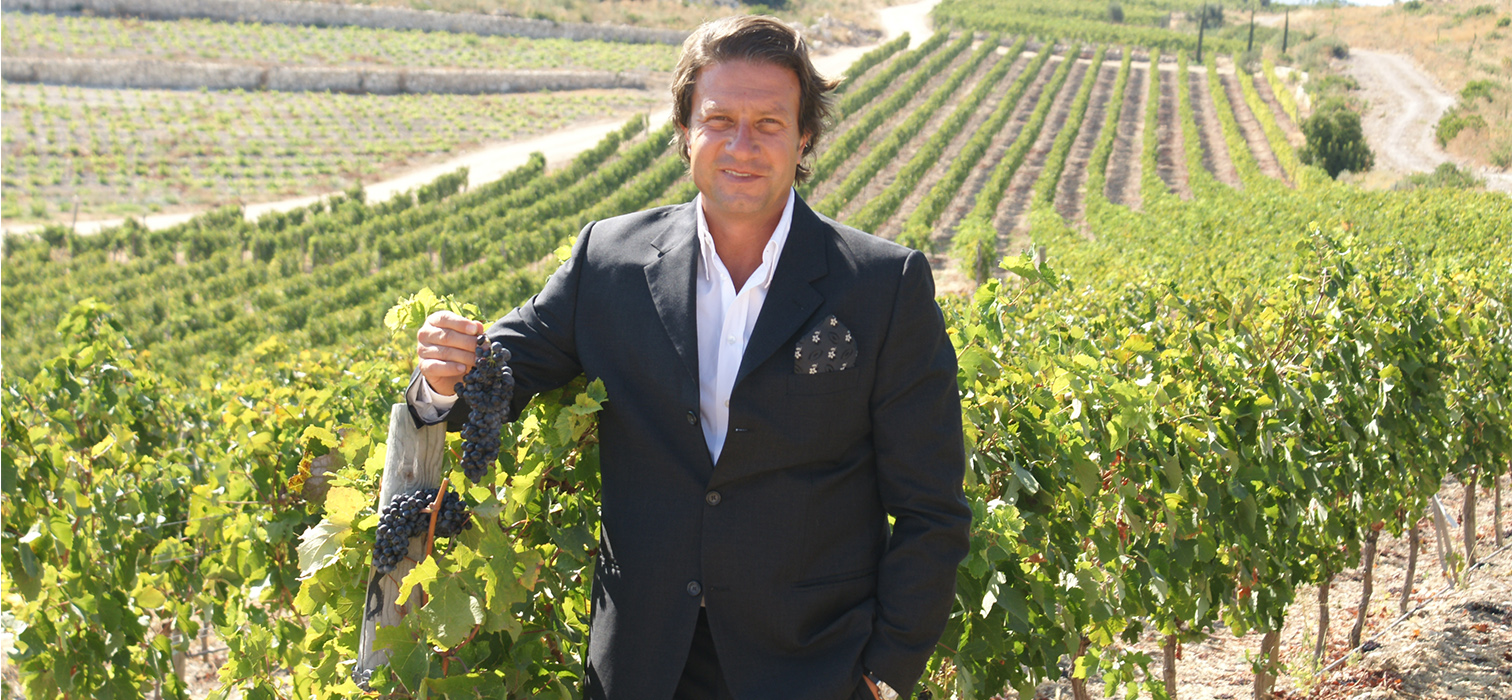

A dream rooted in the fertile lands of Urla came to life through the vision and passion of Can Ortabaş. His story is one where a love for nature, a commitment to sustainability, and the revival of a regional identity converge—resulting in one of the most inspiring winemaking journeys in Turkey.
From Uzbaş Farm to the founding of Urla Şarapçılık, Ortabaş’s path is shaped by deep respect for the land and a desire to reconnect with ancient traditions. In our conversation, he shares his experiences, from discovering amphorae buried in the soil to welcoming thousands of wine lovers each year. This is also the story of Urla’s rise as a rising star in the world of wine and gastronomy.
Urla Şarapçılık, which you founded, is a wonderful project that you brought to life with your companions. How did this journey begin? How did you take the first steps and what was your vision?
As I said, it has been almost 28 years since I bought this land. I was born in Karşıyaka. I spent my childhood in Urla and Eski Foça. Over time, houses with gardens were replaced by apartment buildings, and then by skyscrapers. The city became crowded, and it was hard to breathe. During the late Turgut Özal era, the Çeşme Highway was built. At that time, the Urla peninsula was a hidden paradise between İzmir and Çeşme, where people would just glance at it as they passed by, but never stopped to look. Thanks to the ease of transportation provided by the highway, I began to dream of owning a house with a garden in this area. I bought a few plots of land near the highway exit. One day, the real estate agent told me, ‘Mr. Can, there’s a 1,864-acre plot of land in Urla Kuşçular village.’ I was surprised and asked, ‘Is this Adana?’ Because such vast plots of land, thousands of acres of farmland, are found in Adana. The real estate agent insisted on showing me the land and wouldn’t give up on me for days. Finally, we set off together. There was no road, no electricity, no water… We even lost our way on the way to the land. Anyway, we finally arrived.
I love nature. As soon as I saw the land, a spark ignited in my heart. I bought it. Then I started attending fairs and reading Latin books on viticulture. While clearing the land, we discovered old vineyard terraces on the slopes. While working the soil, we came across amphorae dating back 2,300 years to the Ionian period. To avoid damaging them, we started digging by hand. When the first jar emerged, a delightful wine aroma wafted from its mouth. It was a sweet, molasses-like scent.
During the Ionian period, Urla was called Klazomenai, Seferihisar was Teos, and Foça was Phokaia. The Ionian civilization was one of Urla’s brightest and wealthiest periods. After this discovery, I invited the late archaeologist Hayat Erkanal to the site. It was then that we realized this land has a deep history. Grapes were grown in these clayey, calcareous, high-pH soils. People had been making wine on these lands for centuries. I was already interested in wine and had a collection of wines from various parts of the world in my cellar. So I began to research the history of wine and the peninsula.
Then I was confronted with a bitter reality: the population exchange. Not only people but also cultures migrated from these lands. When the Christian population, who had continued wine production during the Ottoman period, left, viticulture disappeared. In its place came olive and tobacco, plants suited to the poor soil. The remaining lands were covered by forests. I made a decision: Grapes would return to Urla. Wine would be produced once again.
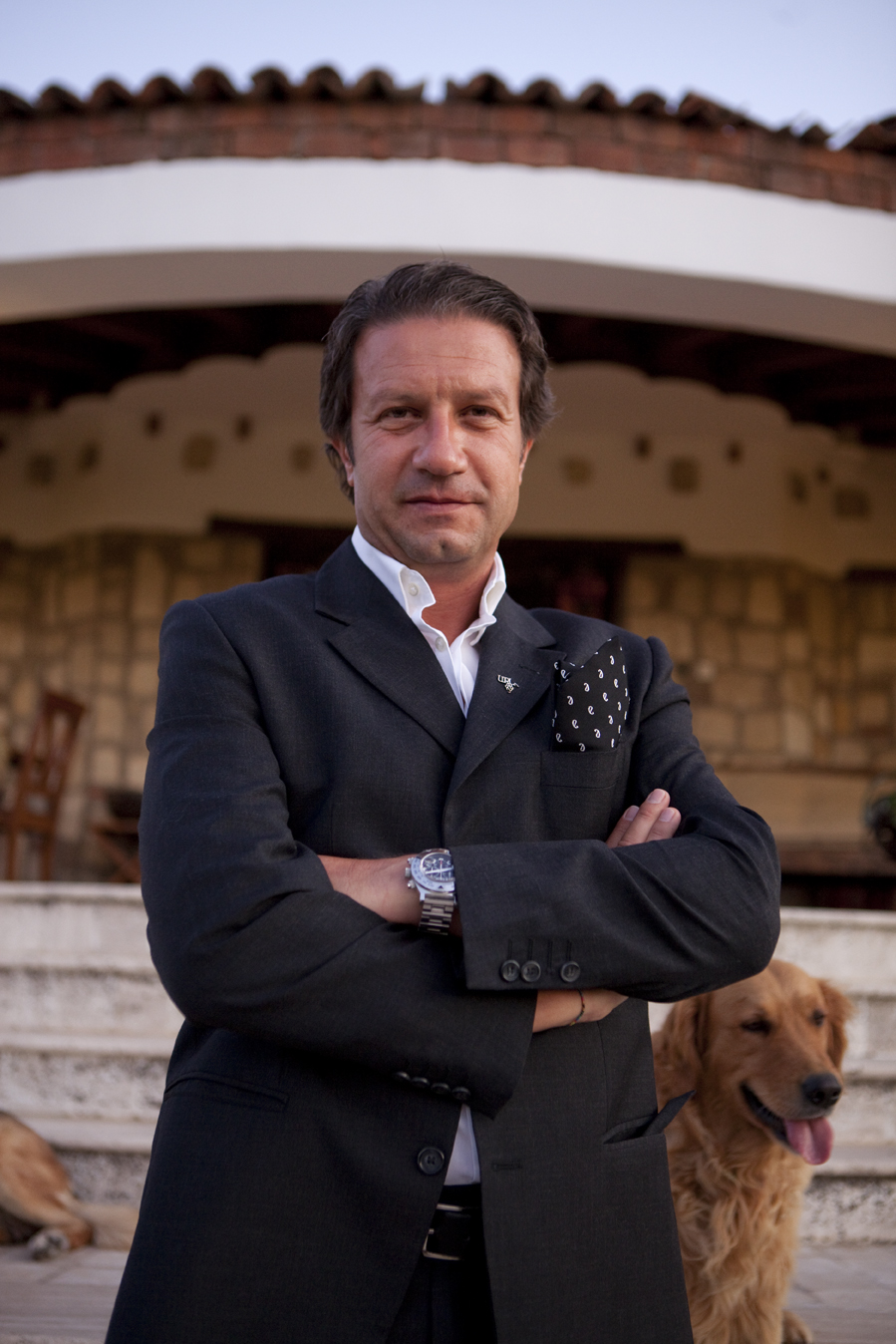
“When we opened the winery, we wondered, ‘Will three or five thousand people come?’ But we reached 120,000 visitors annually.”
What a lovely story. So, what was the preparation process Like?
“At that time, small hotels and restaurants were just starting to open in Alaçatı. But the season only lasts 45 days. Under these conditions, no investment was sustainable. However, as I know from regions such as Tuscany, Bordeaux, and Napa, there is no season for wine tourism. Harvest time, September–October, is the busiest period. Wine tourists are educated, enjoy niche hobbies, and love nature and history. They are exactly the kind of guests we want to see. That’s how I got started, wondering, ‘Can we revive this region with wine tourism?’
Old vineyard terraces were uncovered, stone walls were restored. Soil analyses were conducted, and foreign consultants were brought in. We entered a ten-year preparation phase. We cared for the vineyards to help them get past their infancy and reach a certain level of maturity. We conducted micro-vinifications; we carried out clone trials in 300-liter tanks. My enthusiastic storytelling inspired some of my friends. My brother-in-law, Deniz Barçın, and Bülent Akgerman joined this dream. Together, we planted vineyards and opened the winery.
Reaching Your Own Star: Michel Sarran
Presenting the Forty-Fold History of Baklava
An Interview with Mustafa Çamlıca about His Award-Winning Wines
I think it’s been 15 years since that day…
Yes, we opened our doors in 2010. Our first harvest was in 2009. When the winery opened in 2010, our wines were ready. To date, we have won nearly 400–500 medals. We have received awards in many prestigious competitions, from Decanter to the Berlin Wine Trophy. Last year, eight out of the nine wines we sent to Berlin won gold, and one won silver. We were selected as ‘Best Producer.’ But our greatest award has been hosting far more visitors than we ever imagined. While wondering, ‘Will three or five thousand people come?’ we reached 120,000 visitors annually. We have become one of Europe’s most visited wine routes. Today, we are building an agrotourism hotel at the foot of our vineyards. We are likely to collaborate with a prestigious chain like Relais & Châteaux or Aman.”
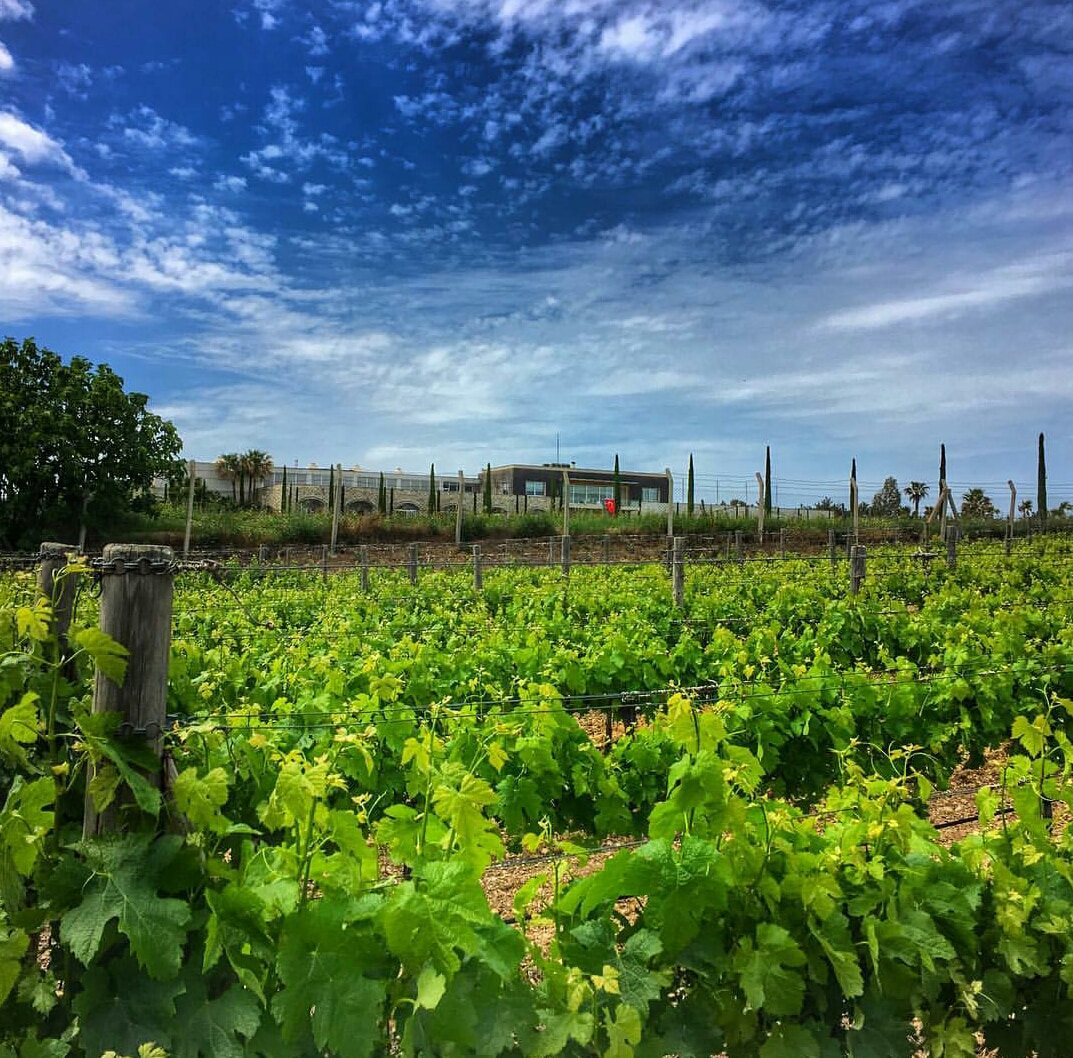
This is major news for Turkish viticulture. With so many accolades behind you, what conclusions have you drawn from these achievements?
“These successes have confirmed something we’ve long believed: without wine, gastronomy cannot truly become international. Take Gaziantep or Hatay—regions with incredibly rich cuisines. Yet, due to monoculture and the absence of a wine culture, they face barriers to global recognition. Urla, in contrast, presents a completely different potential. It’s a peninsula surrounded by the sea on two sides, blessed with daily access to fresh fish. The population here is remarkably diverse—descendants of migrants from Crete, Thessaloniki, the Balkans, Gaziantep, and other regions all coexist, forming a vibrant cultural mosaic.
Over the years, more than ten wineries and vineyard trails have emerged here. The food scene has blossomed alongside, with trattoria-style kitchens and restaurants gaining serious attention—some even earning Michelin stars. I’ve spent the past 25 years promoting Urla. Today, our focus has shifted to protecting it. We’re doing everything we can to preserve agricultural land and push for thoughtful urban planning.”
Let’s turn to the technical side. Can you tell us about the soil structure, climate, and production process at Urla Şarapçılık? What makes your vineyards unique?
Our region has two distinct types of soil. In total, we manage around 750 acres of vineyards, yielding between 250,000 and 300,000 bottles annually. This has always been a guiding principle for us—almost like our constitution. We’ve never aimed to expand production, even if demand grows fivefold. Maintaining control over every step of the winemaking process is vital to us.
We consider ourselves a medium-to-large boutique winery. On a global scale, once you cross the threshold of 350,000 to 400,000 bottles, the boutique identity starts to blur, and the operation risks turning into industrial production. We set our limits early on to avoid that path. Most of our vineyards are located around the winery, nestled within the Uzbaş Arboretum. The soil here is clay-heavy with a high limestone content. We also benefit from a consistent ‘sea breeze’—even on still days, the underside of the vine leaves continues to move. This airflow cools the vineyard during the summer and helps prevent disease, while also contributing a distinctive minerality to our wines. The elevation here is around 150 meters.
We also have vineyards in Gödence, about 15–20 minutes inland, toward the Seferihisar road. There, the altitude rises to between 500 and 600 meters. The soil is drastically different—much lower in lime, with almost no clay. While our pH levels around the winery are between 7.5 and 8.5, Gödence soils measure closer to 4.5 to 5.5. In just 15 minutes, you find yourself in a completely different terroir. Go another 10 minutes, and you reach our vineyards in Kavacık, where the altitude climbs to 800–1,000 meters. The mineral-rich soil here is ideal for white grape varieties like Sauvignon Blanc and Narince. I specifically chose this site for Narince. In summer, daytime temperatures can reach 30°C, but drop sharply to 8°C at night. This dramatic diurnal shift brings incredible complexity to the grapes. From there, the route continues into Kavacık and Efemçukuru, giving us a rare opportunity: a mosaic of terroirs in a compact geography—perfect for producing exceptional, diverse wines.”
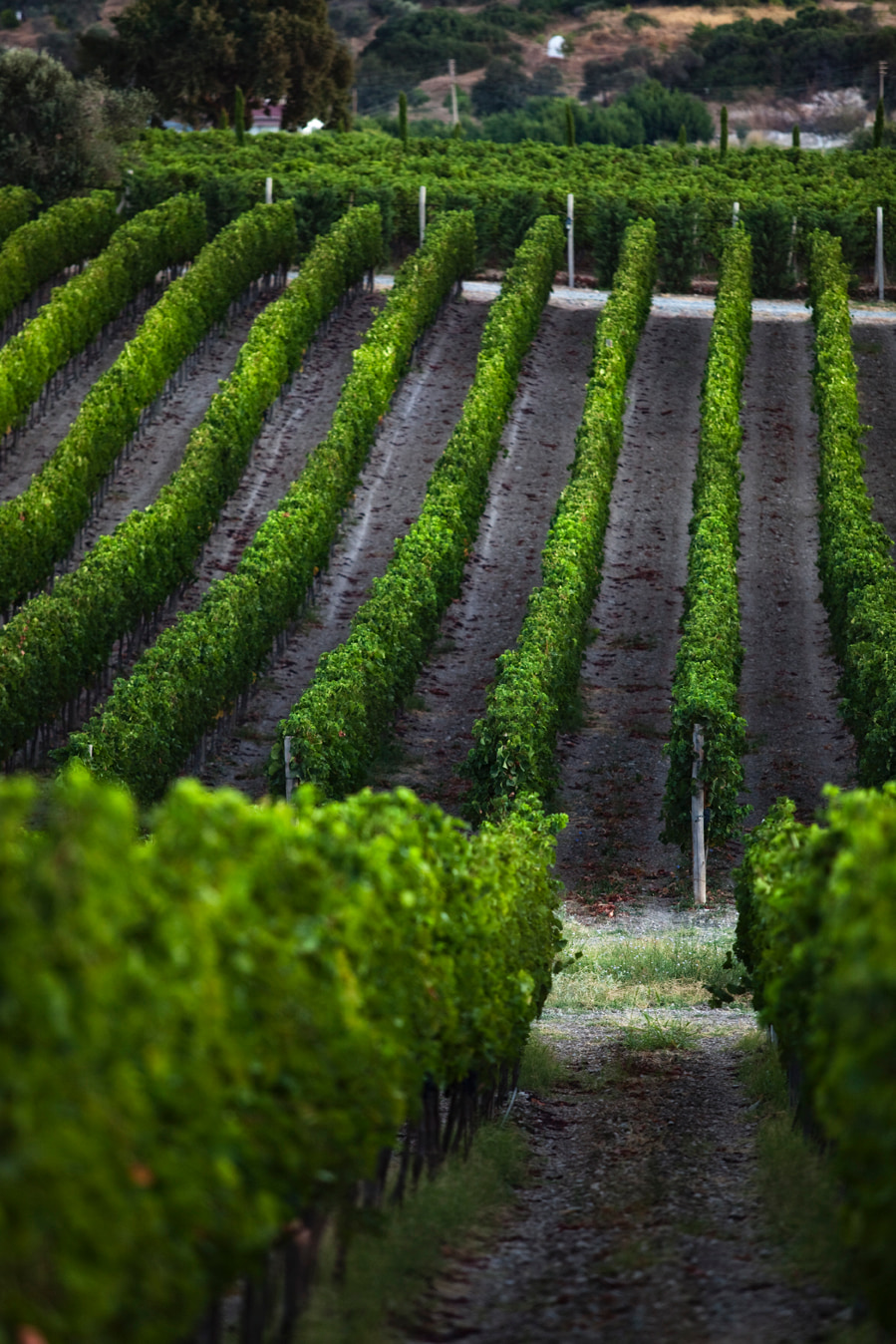
“In my view, Boğazkere performs even better here in Urla than in its homeland of Diyarbakır.”
The wines you produce with Urla Karası are remarkable. Can you tell us about its relationship to Nero d’Avola and how it developed its identity under the “Urla Karası” label?
This year, we released a wine called Geminus for the first time. The name means “twin” in Latin. It’s a blend of a Mediterranean black grape variety—an endemic grape from the island of Sicily—and Urla Karası, which we rescued from extinction here in Urla. I believe the result is excellent. It has already won several prestigious awards and is a wine we’re very proud of. We’re also launching Urla Karası as a monovarietal wine for the first time this year—meaning it’s made entirely from a single grape variety.
Over the years, we worked with extremely limited resources. As part of a TÜBİTAK-supported project, we spent six years searching the mountains and eventually discovered three old vines with enormous trunks. We took cuttings from those vines, which were likely over a hundred years old. Grafting them was difficult—it was a slow process, almost like watching an elderly person move. Initially, Urla Karası accounted for only about 1% of the Nero d’Avola blend. Over time, that share increased to 15–18%. Eventually, we established a separate plot for it. As the vines rejuvenated, their growth rate increased. Now, we harvest Urla Karası from a different region, and this year we distributed a beautiful batch to producers across Urla. Soon, many local winemakers will be producing Urla Karası wines. First Urla-based producers will take the lead, and then anyone interested will be able to work with this variety—an Anatolian original that we managed to bring back from the brink.
Regarding the current harvest—the 2024 Urla Karası is still very fresh and hasn’t even been barrel-aged yet. We’ll first offer it in its purest form. After that, each producer will interpret it differently. Some will age it in barrels, others will blend it with grapes from different terroirs, and some will experiment with various wind and soil conditions. All of this will help enrich the wine’s character and diversity.
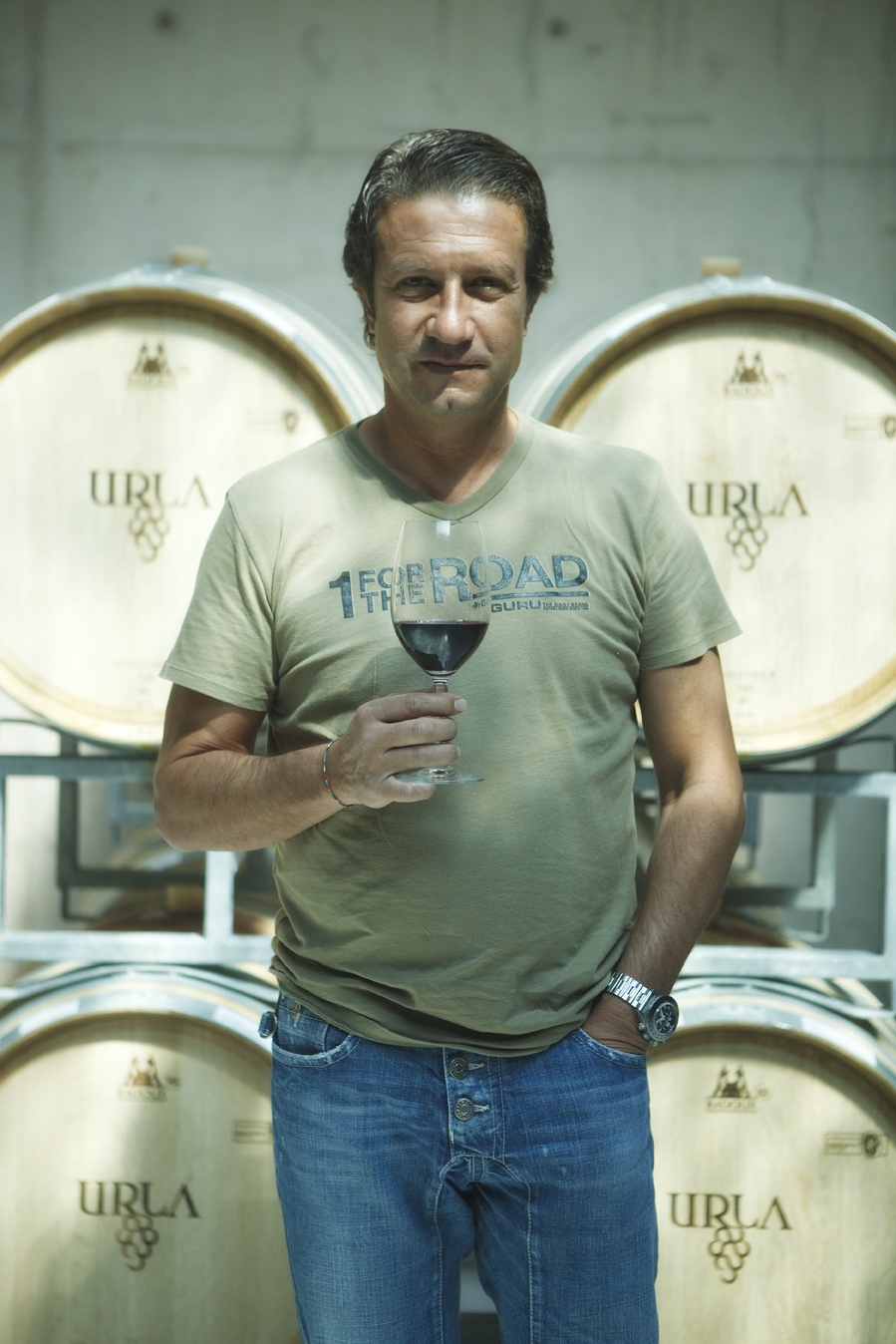
Are there any new projects involving other regional grape varieties? Any new grape stories you hope to bring to life?
Absolutely. We’ve made a decision—one that I had dreamed about for a long time. But it takes time for a dream to become collective, for others to share in it. Urla has a rich diversity of grape varieties, each one distinct and capable of producing high-quality wines. Among them, I’d especially like to highlight Boğazkere. It has received the highest awards from Decanter multiple times. In my view, Boğazkere actually performs better here in Urla than it does in its place of origin, Diyarbakır.
There’s also a deeper historical dimension to all of this. These lands have a winemaking history that stretches back thousands of years. And we really have just one true opportunity to carry that heritage into the present: Urla Karası. It doesn’t have to be powerful or perfect—it’s not about that. This is not just another grape, and it certainly shouldn’t be approached like a Cabernet Sauvignon. Grapes like Urla Karası, Kalecik Karası, and Boğazkere are nature’s gifts. Their character can’t be changed—you can only try to reveal the best version of it. Each of us will interpret their potential in our own way.
Another one of these natural treasures is Bornova Misketi. There are many types of Muscat grapes around the world, but Bornova Misketi is truly unique. We’re currently studying its synonyms—that is, its genetic relationships with other Muscats. In collaboration with the University of Montpellier, we carried out DNA analyses. Just two days ago, I shared the results with Turgut Tokgöz and the Bağ Yolu team. I also conducted a 12-year clone selection study with Bornova Misketi. I identified the two best clones—one was planted in Gödence and Kavacık, and the other in the vineyards around our winery and in Uzbaş. Thanks to this clone selection, its aromatic properties increased significantly. It became so expressive that I didn’t even want to make a dry version. I felt that a dömisek (semi-sweet) style would better showcase its intense aromatics.
This year, we also experimented with an orange wine. Normally, orange wines are fermented with their stems and sealed off for long periods, resulting in more closed aromas. But the aromatic strength of Bornova Misketi defies that—it stays open and expressive. To balance its intensity, we created an orange wine called Amber. The labels are currently being prepared. It’s a completely experimental project, and we sent it to a competition in Berlin—where it won a gold medal in its first year. That’s no small feat for an orange wine. Typically, Bornova Misketi comes across as delicate and feminine, but in this experiment, it revealed a more untamed, wild character. We decided to lean into that—to “wild it out,” so to speak.
We have other experimental projects in the works too. This year, we’ll be releasing a small-batch series called Roots—just 400 bottles. This time, it’s not Bornova Misketi. My family is originally from Crete, which gives the project a personal dimension. We brought two white grape varieties native to Crete—Daphne and Pluto—and grafted them onto Chardonnay rootstock. With this, we created both a biological and a cultural bridge. That’s why we named the wine Roots—it’s truly a journey back to where we come from.
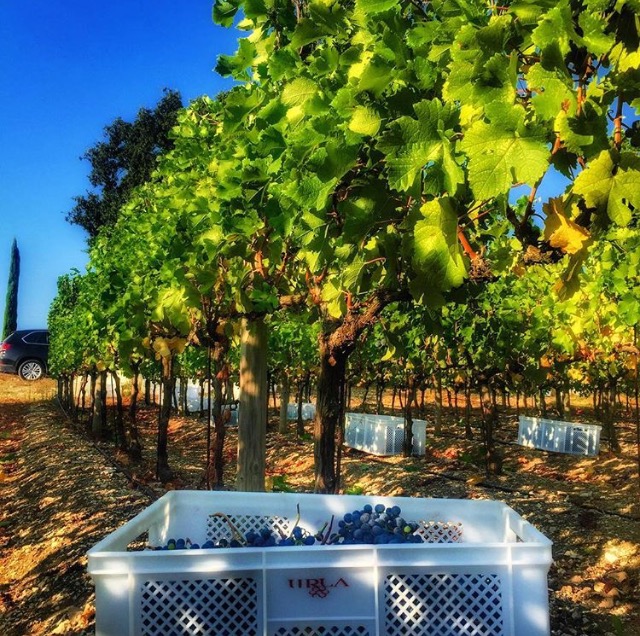
You’re talking about an extraordinary project. Beyond the fieldwork, we assume there’s also a significant research and inventory component?
Yes—absolutely. DNA analysis and ampelographic (grape identification) studies of all grape varieties in Turkey are currently being carried out by scientists and wine enthusiasts who are deeply committed to this field. Comparative studies with international varieties are planned to take place in Montpellier, mainly because such scientific infrastructure is still lacking here in Turkey. So far, Urla Karası is the only grape variety in Turkey to have undergone both DNA and ampelographic analysis. Even the Ministry once asked, “Why didn’t you register this with the Seed Institute?” But this study was, in fact, conducted with state support—as part of a TÜBİTAK-funded project. The official research was carried out in Tekirdağ.
Now, we’ve started a new three-year collaboration with the Ankara Seed Institute, and we’re currently in the second year. Unfortunately, many local varieties still remain unregistered—even well-known ones like Emir. Despite how far we’ve come in terms of grape growing and winemaking, we’re still grappling with challenges like bureaucratic red tape, jealousy, and a lack of knowledge. And yet, we haven’t lost hope. We continue to move forward with determination.
Let’s come back to Urla Bağ Yolu (Urla Vineyard Road). How did this idea originate? What was the process of forming such a collective structure in the region?
The idea behind the Urla Vineyard Road was born from a simple, powerful impulse: sharing what we grow, cherishing one another, and standing together in solidarity. We see ourselves as an integral part of the Urla terroir. Is there such a thing as a perfect terroir? No. Every terroir has its own strengths and limitations. Can we say ours is the best? Who’s to judge? In truth, it’s the customer who knows best. And we, too, are part of that heart. As the French say, “The producer is as much a part of the terroir as the air, water, climate, and wind.” That spirit of mutual respect is exactly what the Vineyard Road embodies. Moving forward hand in hand is not only fitting—it’s essential, especially now.
This is a difficult time. It’s hard to keep people together. Fathers and sons drift apart; brothers become rivals. And yet, we must find ways to stay united, without dividing our strength. That’s why I place such importance on this unity. The idea for Urla Bağ Yolu was conceived in 2013, and it came to life in 2015. I still remember the day The Times referred to me as “the father of Urla.” When I read that, my eyes welled up. I didn’t know whether to feel happy or sad. Being called a father is, of course, a sign of age. But it also speaks to a sense of stewardship—a responsibility to protect and nurture. And perhaps, that’s what this journey has always been about.
“The Times referred to me as ‘the father of Urla.’ When I read that, my eyes welled up.”
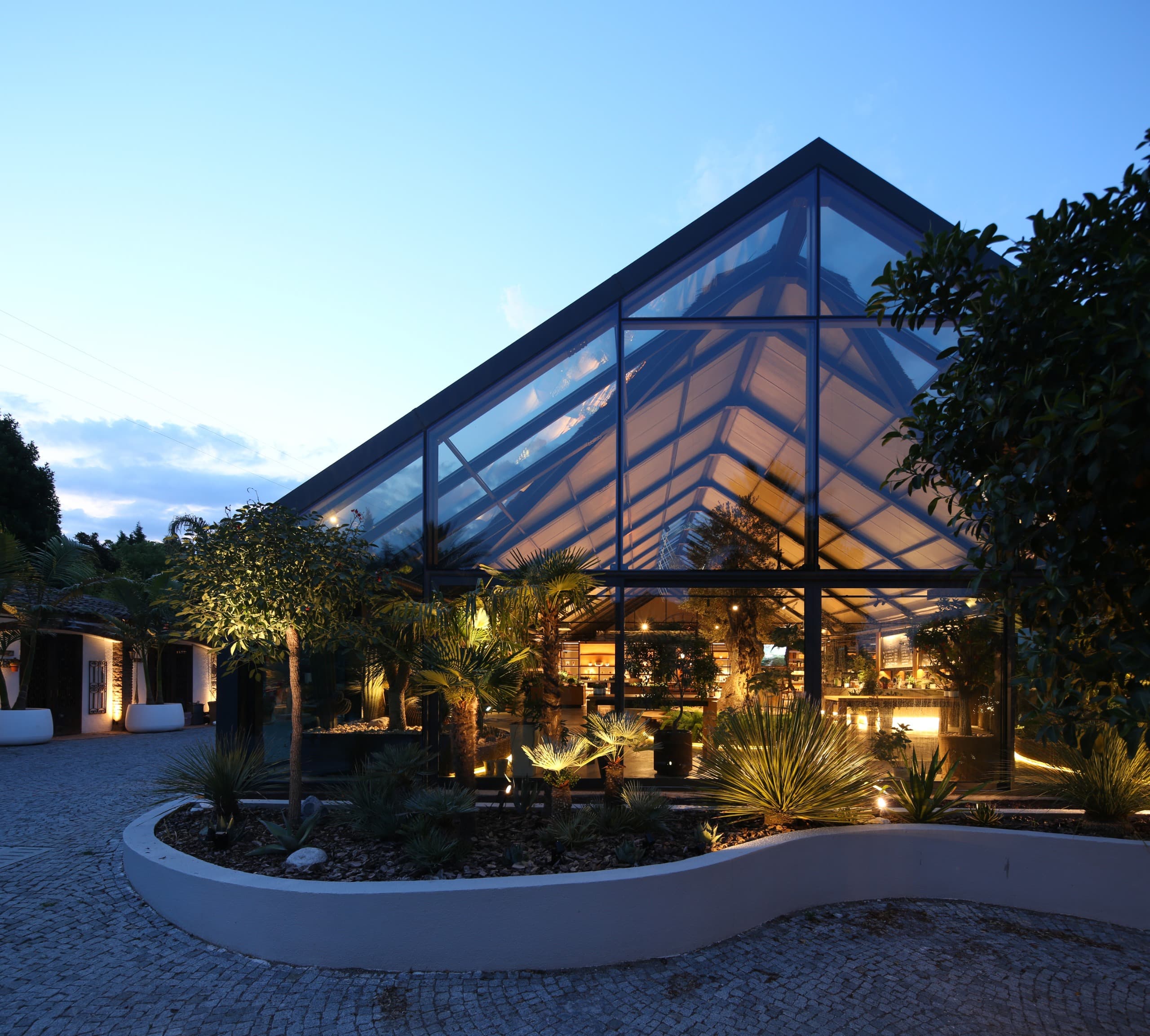
How should the sector position itself within the Urla terroir? And how would you define our place in the global wine industry?
There’s a question I’ve been asked time and again: “Will you produce local grapes or foreign grapes?” My response is always—hold on a moment. Let’s first get to know our soil. We proudly talk about our 8,000-year-old wine heritage, but that legacy has been in the dark for the past century. The sector survived thanks to a few large producers, but much of the accumulated knowledge—about which grape thrives where, how to prune in different geographies, when to prune—has been lost. We are, in a sense, walking in the dark again. And in that darkness, we need to support each other.
People sometimes ask me to compare Urla to France. But Urla isn’t southern France or Bordeaux. It’s more akin to Tuscany—with all its ups and downs. If I had to find a close match in France, I’d say Urla aligns beautifully with the Côtes du Rhône and Châteauneuf regions. Our foreign consultant also comes from that area, and the climates are remarkably similar.
Urla has also become one of Turkey’s emerging gastronomic tourism hubs. What steps do you think are necessary to develop both wine exports and culinary tourism in the region?
This region is blessed. Once wine production began, wine tourists soon followed. All it needed was for good, passionate, and talented people to settle here—and they did. What has unfolded has exceeded all of our dreams. It has developed faster than we ever imagined. We’re progressing together, hand in hand. We have strong organizations like the Urla Vineyard Road and the Urla Gastronomy Association. We also established the Urla Hoteliers Association. The hoteliers now communicate regularly: “I have two empty rooms,” one might say, or, “I don’t accept families with children—would you like to take them?” This cooperative spirit has been nurtured by the warm, welcoming environment of Urla Bağ Yolu. A real sense of camaraderie has taken root in Urla—and that’s what makes this region special.
What are your observations about winemaking traditions in the Aegean region? How do these traditions compare with those of Greece, our neighbor across the sea?
Greek wine culture has had an influence on Urla, no doubt. But, as I mentioned earlier, we’ve been in the dark for a hundred years. That said, our climates are very similar. And it’s important to remember: winemaking isn’t easy on the Greek islands either. But there are incredible people there. Take Santorini, for instance. They’ve recently begun introducing their endemic grape varieties to the world. Assyrtiko, for example, is gaining international recognition. In that sense, we’re very fortunate. Anatolia is blessed with its own unique endemic varieties. The key is to bring them to light and keep them alive. The Greeks may have gotten a head start, but we have just as much potential.
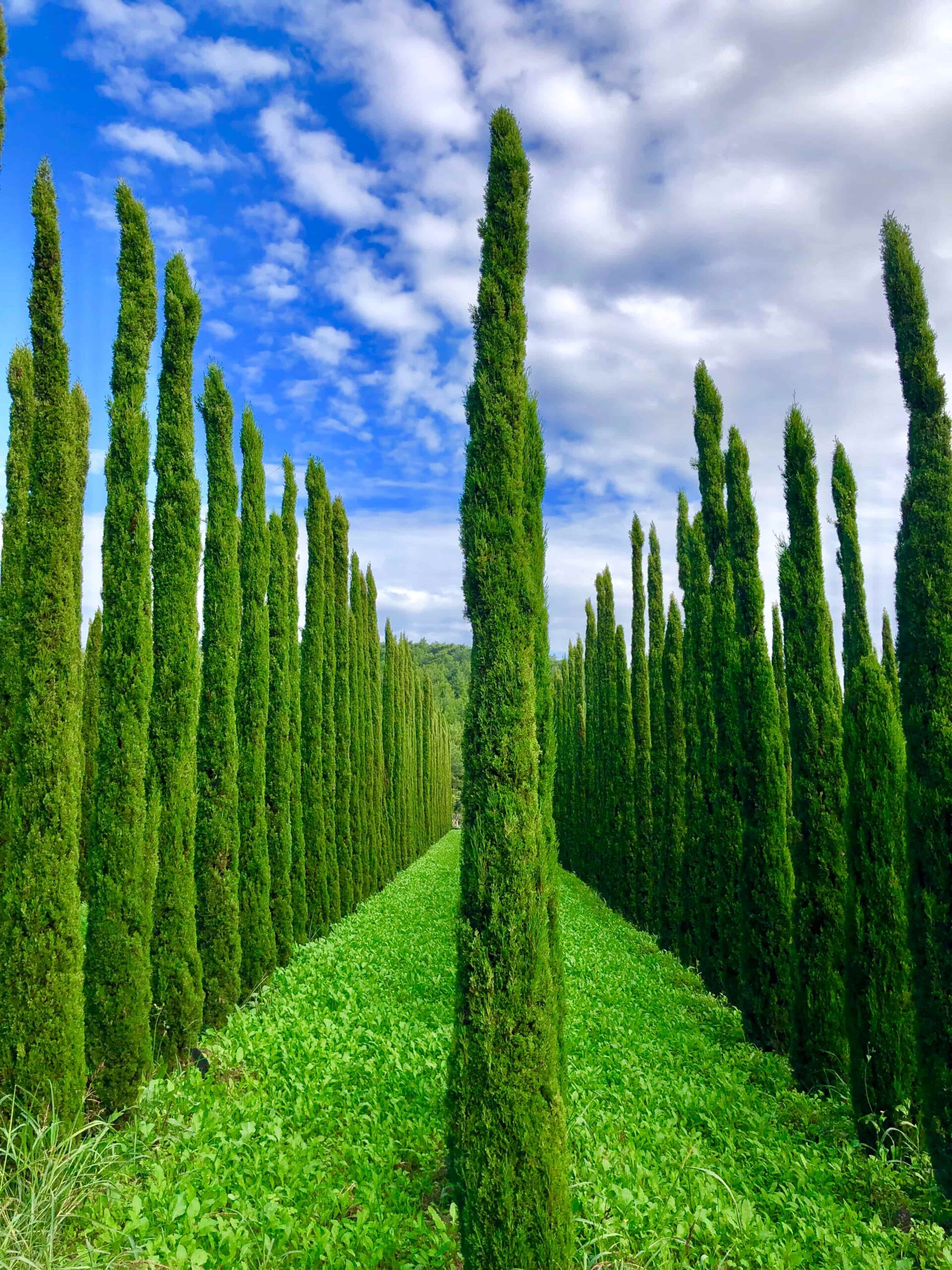
How important are sustainability and organic production to Urla Winery?
From day one, we’ve tried to rely on our own natural rhythms. For example, we collect all the waste from our presses and de-stemming processes in one area. We break it down. We also collect organic waste from olive tree pruning and mushroom farms around the region and turn it into mulch. This mineral- and vitamin-rich mulch is returned to the soil—giving back to nature what we’ve taken. This has been our approach for many years. We never use chemical fertilizers. Yes, they act quickly and are cheaper, but they cause long-term damage to the soil. So we avoid them entirely. And this isn’t just our philosophy—it’s a method widely adopted by producers across Urla.
Certain wine regions around the world possess a strong brand identity. What strategy should be pursued to make Urla more widely recognized on a global scale?
We recently received a new award, which I’m pleased to share with you. At the 2025 ITB Berlin Tourism Fair, the Urla Wine Route was selected among the top 100 destinations in the “Green Destinations Story Awards” and won the “People’s Choice” award with the story titled Discovering Urla’s Wine Heritage: The Birth of Urla Vineyard Road. Naturally, this award has drawn significant attention to both Urla and the Urla Vineyard Road. We are currently in contact with the President of the Spanish Vineyard Roads and are developing collaborative projects with the European Union. These projects, of course, take time, but our efforts are ongoing.
As Urla Winemaking, what future projects do you plan to implement? Are there any upcoming developments such as new vineyard investments, different grape varieties, or international initiatives?
We feel a deep-rooted connection to Urla. The region is already highly suitable for winemaking, and we are focused on how we can continue to grow here. Of course, when it comes to innovation, it is crucial to better utilize Turkey’s endemic grape varieties and to identify the most suitable environments for them. Our current vineyard investment is focused solely on changing and experimenting with varieties, rather than expanding vineyard area. At present, we aim to produce 250,000–300,000 bottles of wine from 750 acres of vineyards. In parallel, as I mentioned earlier, an agrotourism hotel has been under construction for the past three years. This hotel, named “Key Urla,” will open soon and is located right next to the vineyards.
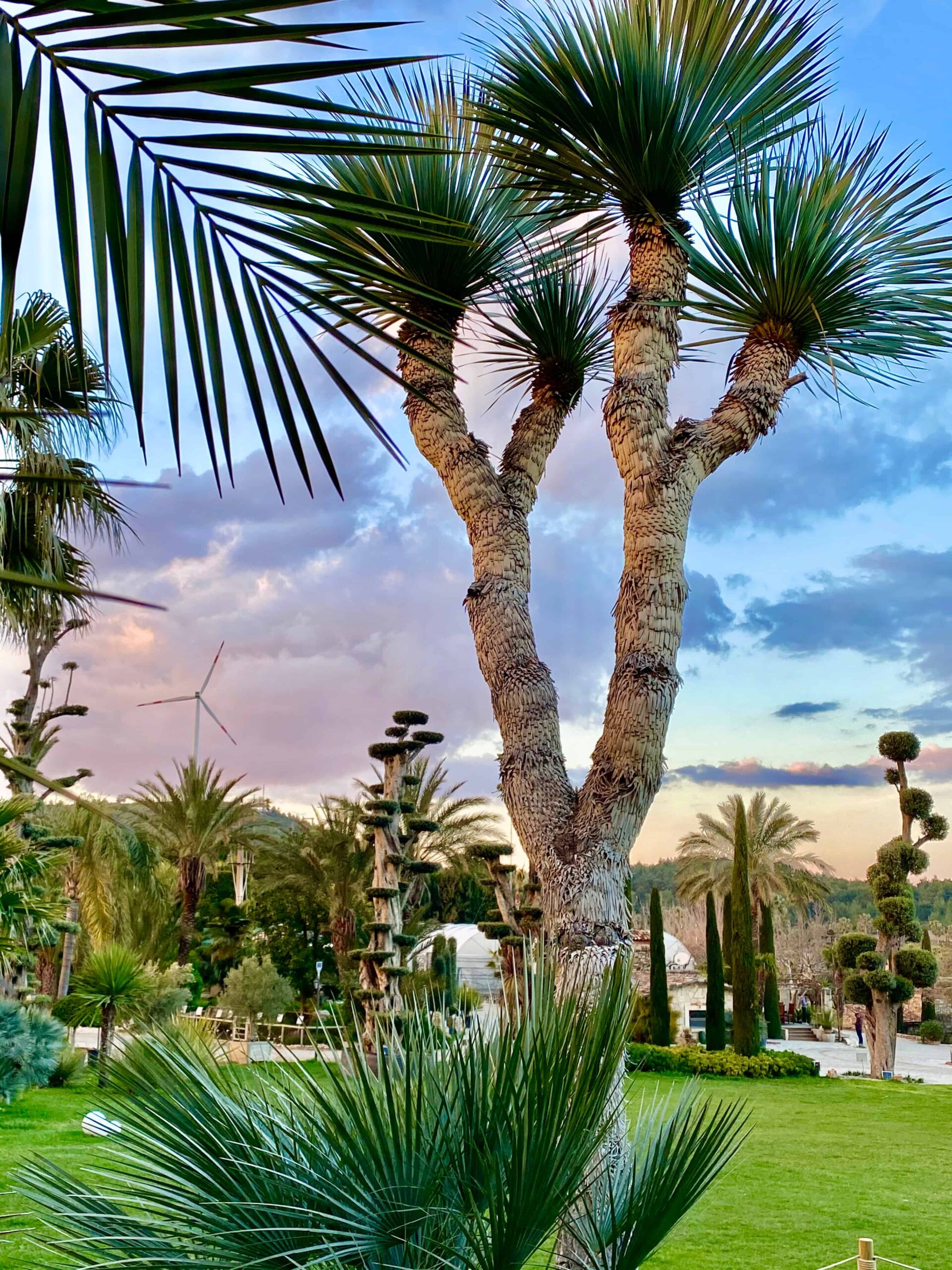
There is also the Uzbaş Arboretum. You are doing incredible work there. Could you tell us more about the farm’s production capacity, ecosystem, and diversity?
Our farm is home to approximately 2,000 plant species capable of thriving in various climates. However, since our establishment, we have primarily focused on palm cultivation, specializing in cold-climate palm species. One such species is Jubaea Chilensis, native to the mountains of Chile, which can withstand temperatures as low as -30 to -35°C. It is also known as the Chilean Wine Palm. Another variety we cultivate originates from the Himalayas. These species are remarkable for their cold resistance.
During summer, temperatures in our region can rise to 35–38°C. However, in winter, while temperatures in Izmir hover around 0°C, our region can drop to -8 to -14°C, creating a unique climatic effect. Our elevation is approximately 150 meters. We also maintain vineyards at higher altitudes—for example, 600 meters in Gödence and 1,000 meters above Kavacık Village. In these elevated areas, the extreme cold I mentioned does not occur. However, in regions affected by this climatic phenomenon, there is a risk of frost when the wind dies down. We no longer view this as a problem, as we protect our land from frost using natural methods. We are only five kilometers from Urla as the crow flies. When it is 1°C in Urla, Uzbaş Farm can drop to -5°C if there is no wind. For this reason, cold-climate palms play a vital role in our biodiversity. Additionally, we cultivate various cypress species, including Cupressus Sempervirens Pyramidalis, commonly known as the Tuscan cypress. We are among Europe’s leading producers of palms and cypresses.
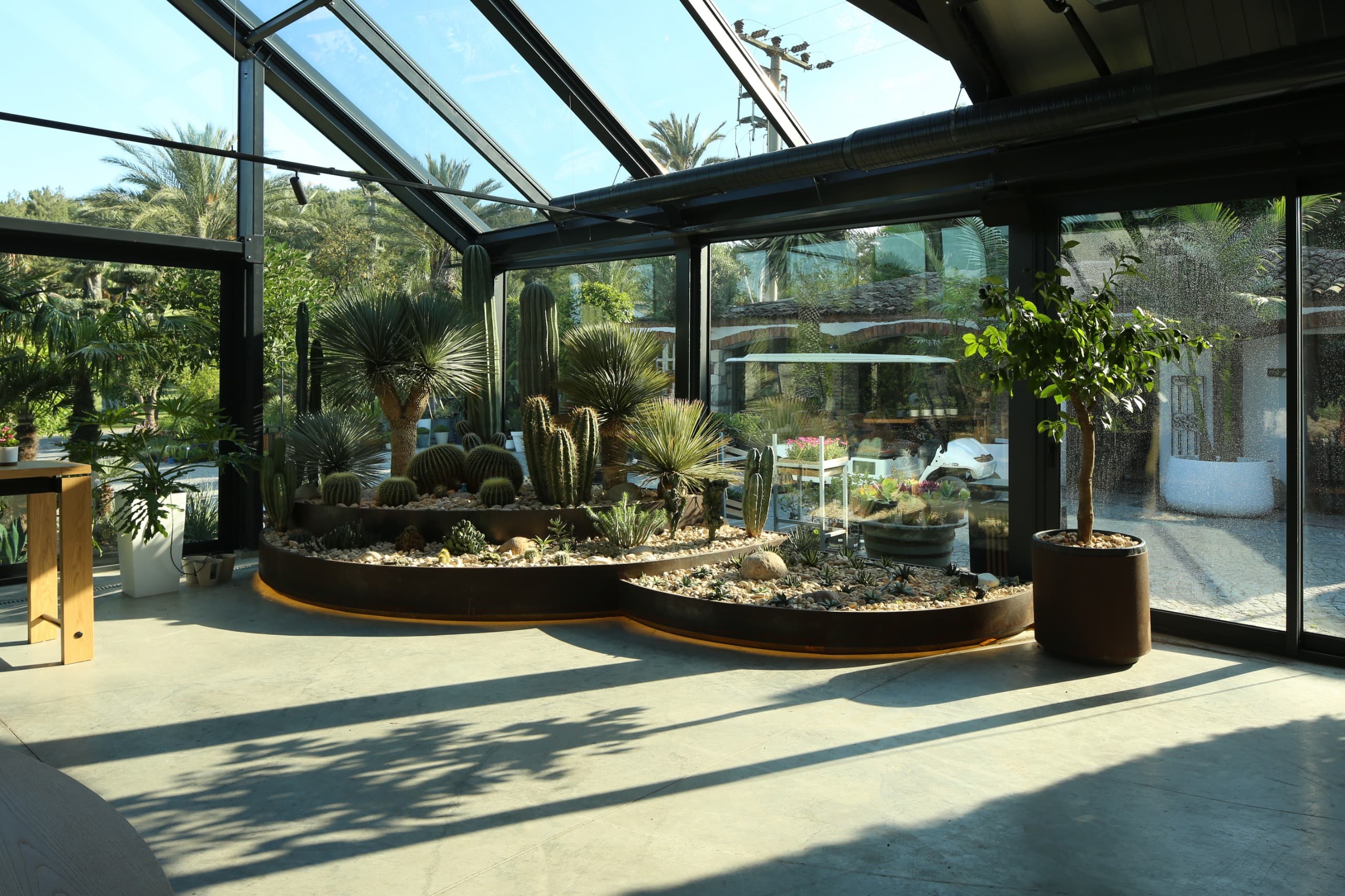
You use natural protection methods. How are climate conditions evolving?
We have owned this farmland for 28 years. Changes began to emerge in the fourth or fifth year after purchase, and we clearly saw that global warming was more than just a concept. Each year, the climate has continued to shift—global warming and increasing water scarcity are creating serious imbalances. During this period, I began placing significant importance on desert plants. I asked questions like, “Why are these plants drought-resistant in the context of the future?” and “Why are they so resilient against disease?” and started to focus my attention on this field. Desert plants are generally ornamental, slow-growing, but highly resistant to disease, drought, salinity, and wind.
Water will become one of the world’s most pressing issues in the future. Migration will occur not only for political or economic reasons but also due to water shortages. In 10–15 years, the practice of planting grass will decline. Grass will only be used in limited areas because it consumes excessive water. Instead, we will shift to harder surfaces and plants that require less water. This is why we have made significant investments in desert plants. Over the past 25 years, we have imported various species from the deserts of Mexico and Arizona, and we are now seeing the returns on those investments.
For example, cypress trees take 5–6 years to grow to 5–6 meters in height. Afterward, they are transplanted into pots, revitalized, and sold. In contrast, desert plants grow to around 1–1.5 meters in height. These plants are visually striking and well-suited for rock gardens, hardscapes, and coastal areas. As such, we are now reaping the benefits of decisions we made early on. Today, we export to 5–6 countries and sell across nearly all of Turkey. Our export markets include Georgia, Spain, Italy, and Northern Iraq. We have not yet started exporting to Saudi Arabia, but we are in communication. If we finalize an agreement regarding the Mirror Line project, which is a very large-scale initiative, we will become one of its primary suppliers.
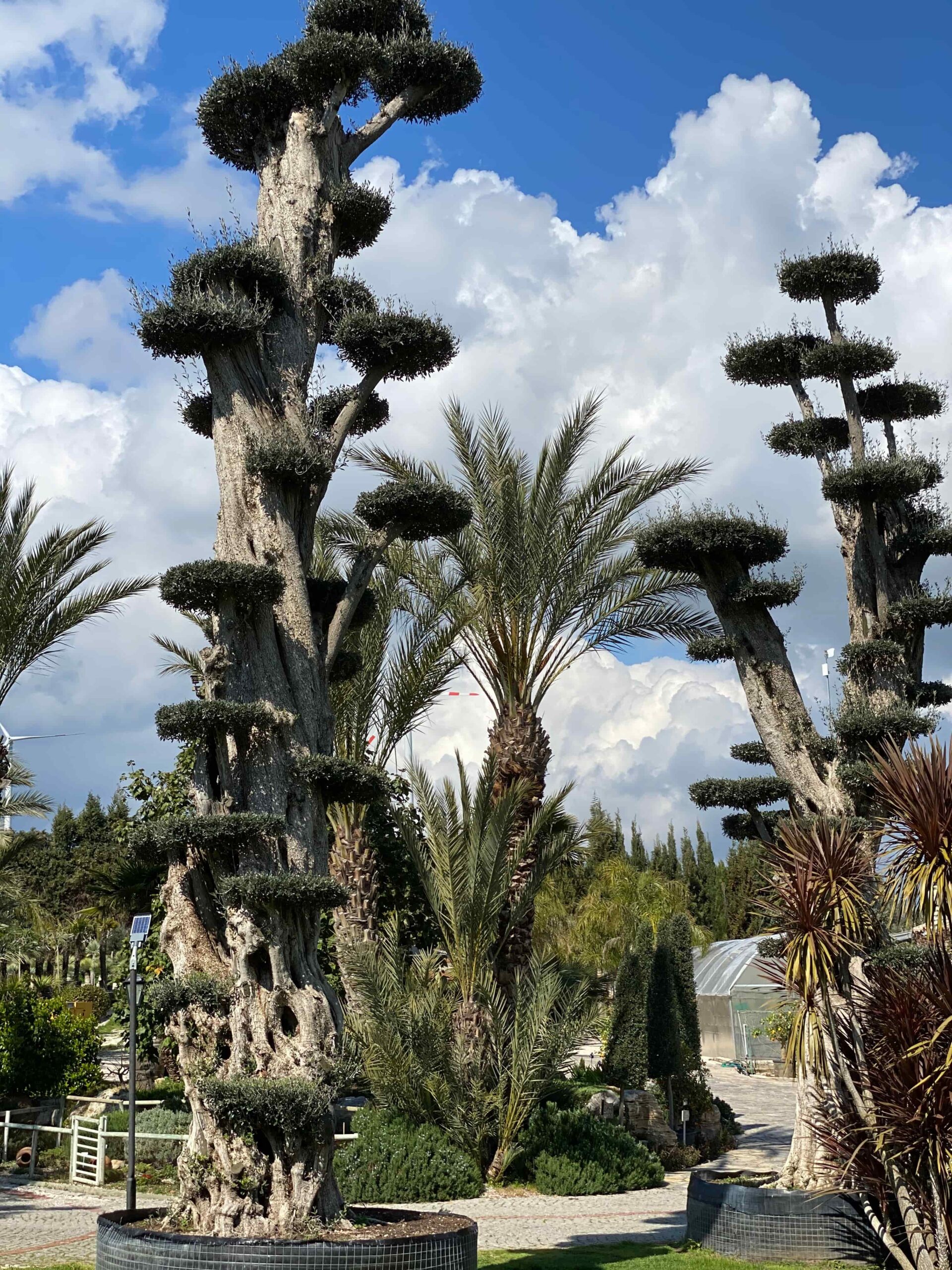
“We are one of Europe’s largest producers of palm and cypress trees.”
What is the story behind your decision to focus on a niche area such as palm tree production? Was it motivated by environmental concerns or a visionary investment?
Every plant is beautiful in landscaping, every shrub is beautiful. The beauty of a magnolia is undeniable. But you can’t use it everywhere. For example, you can’t use a magnolia plant in a house by the sea with high pH soil and extreme heat. Even if you did, you wouldn’t be able to see the sea if you planted a magnolia in front of your house facing the sea. But a palm tree grows with a slender trunk like a frame and opens upward. In a garden, it can be used to frame the view. Palms are a necessity that add dimension to architectural and landscape projects. Additionally, palms filter saltwater along the coast and survive. If you don’t water them, they grow slowly but survive; if you water them, they grow quickly but still survive. Opting for plants that require little water is quite logical. Because the outcome is clear. That’s essentially what they call foresight. You have to make a prediction. If you plant shrubs, that’s a two-year prediction, but if you’re going to grow species like cypress, palm, or desert plants, you need to predict what will happen 15 years from now.

